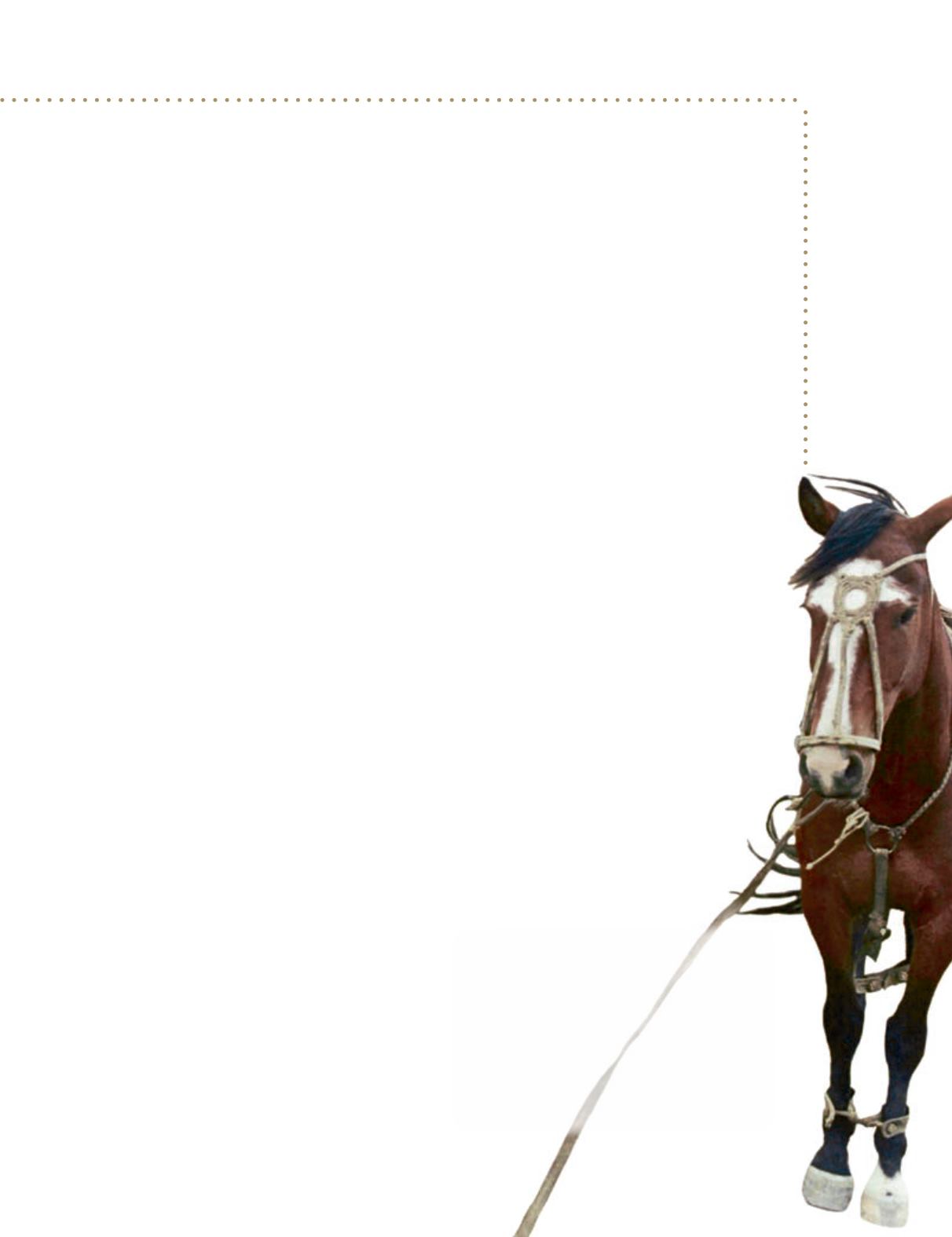
31
there – by the dinosaur’s natural death, the result of a
fatal fight, or by catastrophe. We examined every aspect
of the fossil and speculated on which end fit in the hip
joint and which end fit in the knee. We were giddy with
excitement. And then we saw more bone fragments nearby.
Over the next three hours, as we wandered in search
of a head or vertebrae, we lost sight of each other and
sometimes were separated by a mile of barren soil. We
communicated by walkie-talkie. As the sun dipped to-
ward the Andes to the West, we descended to our camp,
weary but exultant at finding bones that would have
exhilarated Darwin.
More trips with Syd Waud and friend John Wilbur
produced endless finds of bones. We found scapulars,
ribs, vertebrae, femurs, tibias, and fibulas. Every day’s
march produced fossils in all directions in this plentiful
boneyard. We marked the bones by GPS and noted them
in a log. Both John and Syd, who was initially apprehen-
sive about these forays, became converts and relished
going solo to forage for bones. We photographed all the
capital bones and even named one location “Bonanza”
for its plethora of bone material. We also found deposits
of shark teeth and oyster shells the size of footballs, as
Lyell had, indicating that the land had risen out of the
ocean to great heights.
Part – if not all – of bone hunting is logistics. Most
explorers drive into the bivouac, set up camp, and carry
backpacks from there. But the Rio La Leona separates
the boneyard from the road. I have always preferred
packing in all the gear by boat. The vessel I stored at the
estancia of a friend, Jorge Gamarci, is a 14-foot Avon
adventurer, capable of transporting 600 pounds of gear
and two rowers for the five-kilometer downstream
journey from the badlands.
In 2004, Chris Flagg and I took a team of paleontolo-
gists to the Rio La Leona Valley to explore our sites.
The group included Drexel University Professor Ken
Lacovara. I funded all the participants’ airfare and
provisions in addition to supplying boats, tents, stoves,
and kitchen equipment collected over the years for
working the site.
Pictures of our previous finds had been shown to the
scientists at the Museum of Natural History. They were
interested, but committed years in advance to China.
Based on information we provided to the paleontologists,
we brought them to our campsite on the east bank of
the Rio La Leona site. Certain members of the group
were assigned locations to dig, while the rest fanned
out throughout the 50 square miles of the boneyard,
looking for new sites. Our efforts resulted in the dis-
covery of a number of bones, which were marked by
GPS and encased in caste for shipment to a museum.
We also devoted that 2004 trip to prospecting and pack-
ing the bones we found at Bonanza. One day, a 16-year-
old son of one of the prospectors began exposing a tiny
show of a bone specimen I had walked by many times
on the flats surrounding the camp. His father began
digging at the son’s bone site. By the third day, the bone
appeared to be a seven-foot femur that measured 36
inches in circumference in places. The paleontologists
around the evening fire speculated that the leg of this
sauropod was 19 feet long. They believed it might be the
largest femur ever found. Chris and I were speechless
when we saw it. The paleontologists were over the top
with excitement. They smelled bones in the area, and the
camp was alive with speculation – theoretical conversa-
tions in which Darwin and FitzRoy might have engaged
had they traveled a few miles farther. All this excitement
transpired within visual range of a mighty single peak
the
Beagle
captain had named Mt. FitzRoy when he first
saw it in 1834.
Our speculation led the expedition to fan out all over
the badlands. While diggers worked at the locations of
Bonanza and at the large femur site, others wandered
about all day, logging locations for a revisit. Provisions
were low and there came a time to fold up the operation.
The following year, 2005, Ken Lacovara arrived at the
badlands alone, armed with GPS coordinates the group
had collected the year before. On the first day of his
renewed digging, he called Jorge Gamarci to ask for
sponsorship and money to uncover a large articulated
sauropod dinosaur.
Scientific Reports
published on September 4, 2014,
10 years after introducing him to the boneyard, that
author and paleontologist Ken Lacovara indicated he
had found “Dreadnoughtus schrani, the most complete
giant titanosaur yet discovered. Despite its estimated
mass of about 59.3 metric tons, the bone history of the
Dreadnoughton-type specimen reveals that this indivi-
dual was still growing at the time of death.” The report
went on to indicate that the location of the 2005 find
was on the east bank of the Rio La Leona, Santa Cruz
Province – just north of our 2004 camp.
The bones were there when Darwin arrived in
Argentina in 1834, though probably not on the
surface, but other bones would have been visible.
The bones were there 170 years later, in 2004,
when they were visible and marked by GPS as possible
digs for future years. The fossils have been uncovered
and placed in cases over the past decade for safe pre-
servation and future study. Pursuant to Argentine law,
they were returned to Argentina in December and will
reside in the Father Jes
ú
s Molina Regional Museum, in
R
í
o Gallegos, near where they were found.
The search for fossil bones that pulls us amateurs
goes on and on. I shall soon be back in the boneyard,
knowing that, if not for Darwin, I would never have
found it.


